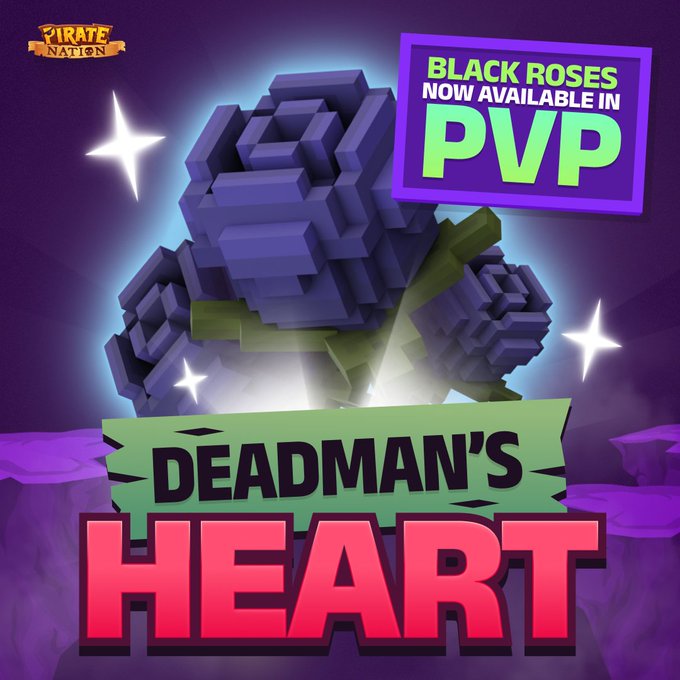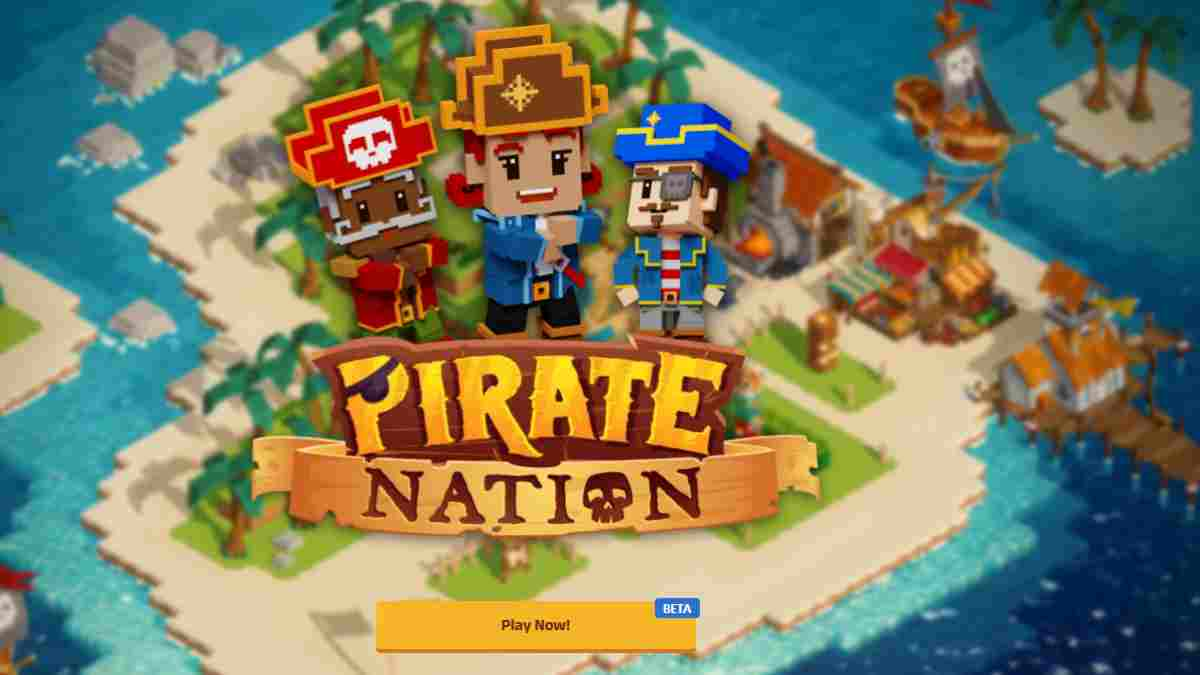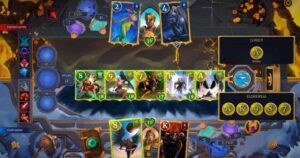Pirate Nation just launched its biggest event yet, dropping a $1 million PvE campaign called Deadman’s Heart. It’s a browser-based, fully on-chain RPG that’s been steadily gaining attention for how it integrates smart-contract interactions into moment-to-moment gameplay.
The event isn’t just about high rewards. It’s also a chance for players to engage with Pirate Nation’s deeper systems, which blur the line between game actions and blockchain logic. This isn’t a typical idle NFT battler or click-to-earn setup — it’s more active, strategic, and unusually transparent under the hood.
What Deadman’s Heart Actually Is
At the core of the event is a 28-day PvE gauntlet where players send their pirate NFTs into battles against AI-controlled enemies. The twist? Every action — from selecting gear to initiating a fight — is processed on-chain. That means real blockchain transactions are part of the game loop, not just cosmetic wrappers. Players use “Energy” to take turns, enter dungeons, and gather resources. Energy refills over time, pushing a tempo that favors daily logins and planning.
Combat itself is deterministic, meaning outcomes are based on inputs and visible stats, not RNG. This opens the door for theorycrafting and strategy but also locks in decisions in a way that’s less forgiving. Rewards come in the form of “Treasure Maps,” which act as entries into the $1M prize pool. The more efficient and consistent your runs, the more of the pool you can potentially earn. But since everything is public and verifiable, top performers can also be studied — or mimicked — by others.

Fully On-Chain, for Better or Worse
Unlike most Web3 games that tuck blockchain elements behind menus or only use them for asset ownership, Pirate Nation leans hard into on-chain gameplay. Nearly every core mechanic runs through smart contracts on Arbitrum Nova.
That includes inventory management, combat resolution, and event participation. It’s not just a cosmetic layer — it’s the actual game engine. For players used to the responsiveness of native apps, this might feel slow or clunky at times, though the team has added client-side prediction to mask some of the delay.
Why do this at all? The developers are clearly trying to show what full-chain gaming can look like when it’s not just about speculation. There’s also a deeper player-driven economy forming behind the scenes, thanks to the open data model. Still, the reliance on gas fees, however minimal, remains a friction point.
Strategic Layer and Progression
This isn’t a click-and-wait loop. Pirate Nation leans into gear loadouts, resource optimization, and crew builds. To succeed, players need to understand how their pirates synergize with different weapons and tools. Crafting is also involved, using materials earned through dungeon crawling. Because battles are deterministic, the meta can shift fast once someone finds a powerful setup. This keeps things competitive but may alienate players who don’t enjoy number crunching. On the flip side, transparency means no one can blame losses on bad luck — only bad planning.
The game rewards consistent engagement more than raw time investment. With Energy as a gating mechanic, min-maxing becomes more about timing and efficiency than grind.
Deadman’s Heart also sets the stage for more player influence. Pirate Nation’s developers have been clear that the event is a test run for more community-driven development. A DAO-style structure is in the works, where holders of certain assets will likely have a say in future updates and events.
There’s no native token in play yet, which is notable given how many Web3 games launch with unsustainable tokenomics. By holding off, the team seems to be prioritizing gameplay systems first, then layering in economic elements later — a trend more projects may start to follow if they want to build long-term engagement.
A Broader Experiment in Web3 Game Design
Pirate Nation isn’t the first to attempt on-chain gameplay, but it’s one of the few to make it the foundation instead of the add-on. That comes with trade-offs — speed, accessibility, and complexity — but also opens new doors for transparency and player agency.
Deadman’s Heart is a high-stakes stress test, both for the game’s systems and the community’s appetite for this kind of design. It’s not a casual-friendly loop, and it’s not trying to be. But for players who want to dive into a structured, transparent PvE challenge with meaningful incentives, it’s one of the more serious efforts out there right now.
Web3 Analyst & Play Blockchain Games Guide
CryptoKit breaks down Web3 gaming like it’s second nature. From tokenomics to airdrop strategies, she turns blockchain chaos into clear, actionable advice for players who want to win more than XP.




